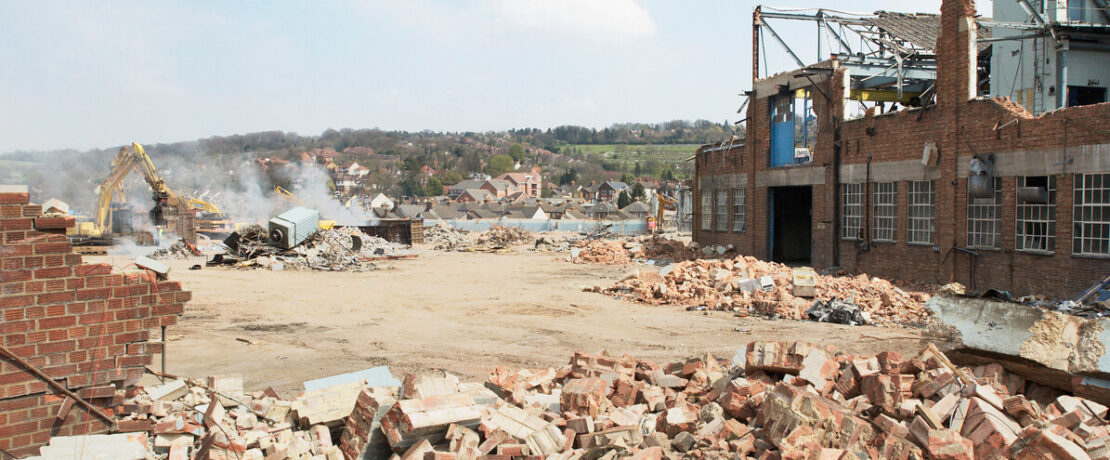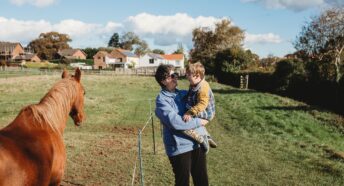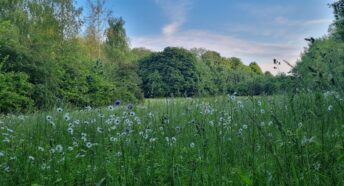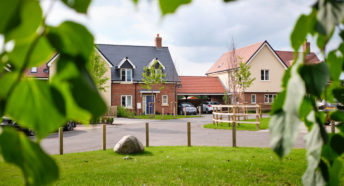Over 33,000 New Homes Could Be Built on Hampshire’s Brownfield Sites
CPRE Hampshire can reveal that there are brownfield sites with space for over 33,000 new homes in Hampshire according to the local authorities’ own figures.
Around 38% of these homes already have full or outline planning permission meaning that they could be built rapidly.
This is on the back of research that shows that there are enough brownfield sites across England to build 1.4 million new homes, indicating that the government can move towards its UK-wide target of 1.5 million new homes more quickly with limited building on undeveloped greenfield land.
The figures for Hampshire’s Local Planning Authorities are:
- Basingstoke and Deane – enough brownfield for at least 991 homes
- East Hampshire – 316
- Eastleigh – 891
- Gosport – 1548
- Havant – 3022
- New Forest – 2966
- New Forest National Park – 213
- Portsmouth – 13073
- Rushmoor – 3329
- South Downs National Park (also includes the part in Sussex) – 1496
- Southampton – 3779
- Test Valley – 719
- Winchester – 755
CPRE Hampshire believes that these figures may be significantly underestimated, based on work carried out by the South Downs & Central Planning Group, who collaborated with East Hampshire during their call for brownfield sites in July 2024.
The UK’s huge supply of brownfield land should be the first port of call for building the homes this country desperately needs. These sites are typically located near existing infrastructure, such as public transport, schools, and healthcare facilities, making them advantageous for development.
Prioritising brownfield sites would allow for quicker timelines compared to greenfield developments, aiding the government in its target of delivering 1.5 million new homes by 2030. A ‘brownfield-first’ approach would not only meet urgent housing demand more quickly but also minimise the environmental impact associated with urban sprawl and undeveloped countryside.
The new research gathered data from Local Authority brownfield registers up to 2024, using the most recent years for which figures are available. The number of brownfield sites registered as suitable for development increased by 16% over the time period.
Brownfield land is a constantly renewing resource, and more sites are coming forward all the time, as more land in town centres becomes available and opportunities arise to rebuild low-density housing estates at higher densities.
Despite official policy prioritising brownfield development, 46% of housing development in 2021/22 were completed on greenfield land. According to figures from the Local Government Association (LGA) in 2021, there are likely to be an additional 500,000 planning permissions for development on greenfield sites. Building on greenfield land, rather than repurposing brownfield sites, contributes to the degradation of our already nature-depleted landscapes and threatens the ecosystems that play a crucial role in combating climate change.
The revitalisation of these brownfield areas can lead to the regeneration of communities, fostering social and economic growth. By transforming neglected spaces into vibrant housing developments, a brownfield-first policy can attract new residents and businesses to urban areas.
A brownfield-first approach should be complemented by sustainable urban extensions and the development of new towns where appropriate. These extensions should incorporate essential elements such as green spaces, renewable energy solutions, and smart infrastructure, ensuring that future communities are not only functional but also environmentally sustainable and resilient.
CPRE is calling on the government to:
- Enforce their brownfield-first policy for new housing, including by focusing Homes England investment on brownfield sites and rejecting speculative greenfield development.
- make it mandatory for Local Planning Authorities to regularly update their brownfield registers to ensure the brownfield land can be easily identified for redevelopment.
- Set ambitious and enforceable targets for both affordable and social homes on shovel-ready brownfield sites.
- Make the development of brownfield land more attractive than the development of greenfield by creating a ‘level playing field’ According to the Housebuilding Federation not all brownfield sites that are available are attractive to retail and business and if so developed are not subject to the taxes or requirements placed on land used for housing.
CPRE Hampshire Chair, Margaret Paren said: ‘The government has pledged a brownfield-first approach to new housing, but the reality is more unnecessary development on green fields near small villages with limited infrastructure. A new approach to local housing targets has massively increased the pressure in many rural areas without any evidence of local need and without the infrastructure to support new communities. We know that large developers favour building on our countryside, while the number of brownfield sites continues to grow. More identikit, car-dependent executive homes needlessly built on our countryside.
We need targets for brownfield sites, up-to-date brownfield registers, and we need investment in genuinely affordable and social homes on that brownfield land – we need the government to support local authorities to get building and commissioning homes themselves, rather than just forcing councils to grant planning permissions to a handful of big developers. If we want homes that tackle the housing crisis, revitalise our towns and cities, and create vibrant, sustainable communities close to existing infrastructure, then homes for social rent on these unused brownfield sites have to be the place we start.’
CPRE Hampshire would like to thank CPRE Sussex for the inspiration and methodology used in this article.









